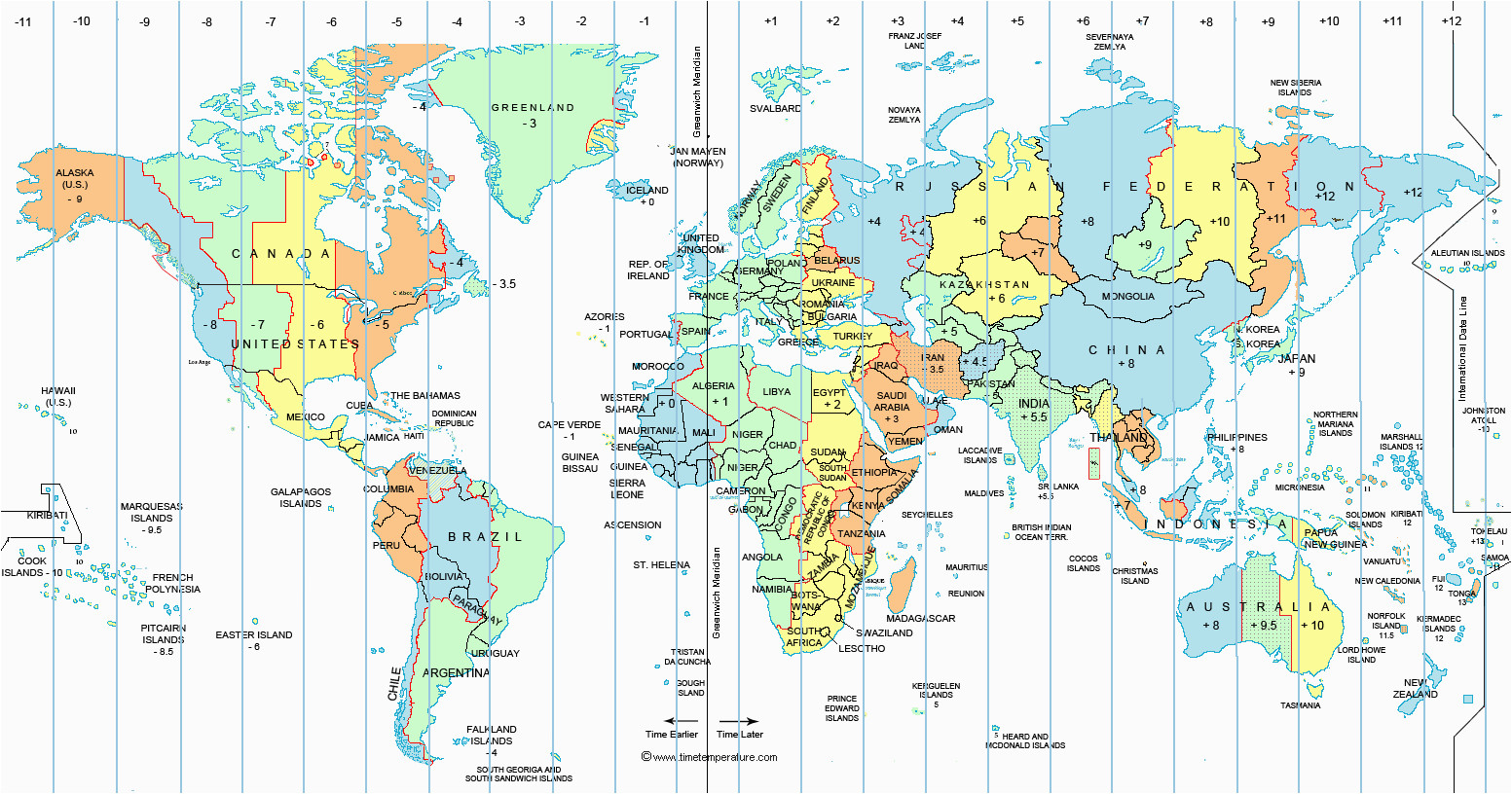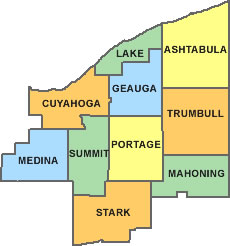

There were 3,761 households, of which 29.4% had children under the age of 18 living with them, 40.8% were married couples living together, 12.7% had a female householder with no husband present, 5.4% had a male householder with no wife present, and 41.1% were non-families.

Hispanic or Latino of any race were 5.1% of the population. The racial makeup of the city was 94.3% White, 0.6% African American, 0.2% Native American, 0.9% Asian, 0.1% Pacific Islander, 2.1% from other races, and 2.0% from two or more races. There were 4,087 housing units at an average density of 739.1 per square mile (285.4/km 2).
The population density was 1,545.2 inhabitants per square mile (596.6/km 2). Sources: Īs of the census of 2010, there were 8,545 people, 3,761 households, and 2,214 families residing in the city. Demographics Historical population Census Īccording to the United States Census Bureau, the city has a total area of 5.56 square miles (14.40 km 2), of which 5.53 square miles (14.32 km 2) is land and 0.03 square miles (0.08 km 2) is water. The car reached a speed of 183.68 mph (295.6 km/h), an American rail speed record that still stands today. Due to the New York Central's line between Stryker, Ohio and Butler, Indiana, being both straight and flat, on July 23, 1966, Bryan was a mid-point of a record-setting speed run by a New York Central RDC-3, M-497 Black Beetle, modified with a pair of jet engines. The Lake Shore and Michigan Southern Railway, later absorbed into the New York Central Railroad as part of its Chicago mainline, began serving Bryan in 1869. It is the third courthouse to occupy the property. The Williams County Courthouse downtown was completed in 1891. The conflict was eventually resolved in favor of Ohio, with Michigan being compensated with what is now the western Upper Peninsula. Both states claimed the land, the Toledo Strip, which was named for the port city of Toledo at its eastern end. To this day, many people still argue about the state's decision and a rivalry of sorts remains between the two communities.Ī strip of Williams County north of Bryan was originally part of a conflict known as the Toledo War, between Ohio and Michigan. The people of Montpelier petitioned the state legislature, but in the end Bryan was named county seat because of its greater industrial and commercial importance and because of its higher population. Bryan was named the seat for the new county, but not without conflict the village of Montpelier was considered a more centralized location.

The area was later split into Williams and Defiance counties. Williams County was originally part of Defiance County, with Defiance as the county seat. It was incorporated as a village in 1841, and reincorporated as a city in 1941. Bryan, Ohio, The East Side, 1910 or beforeīryan was platted in 1840 by John A.


 0 kommentar(er)
0 kommentar(er)
